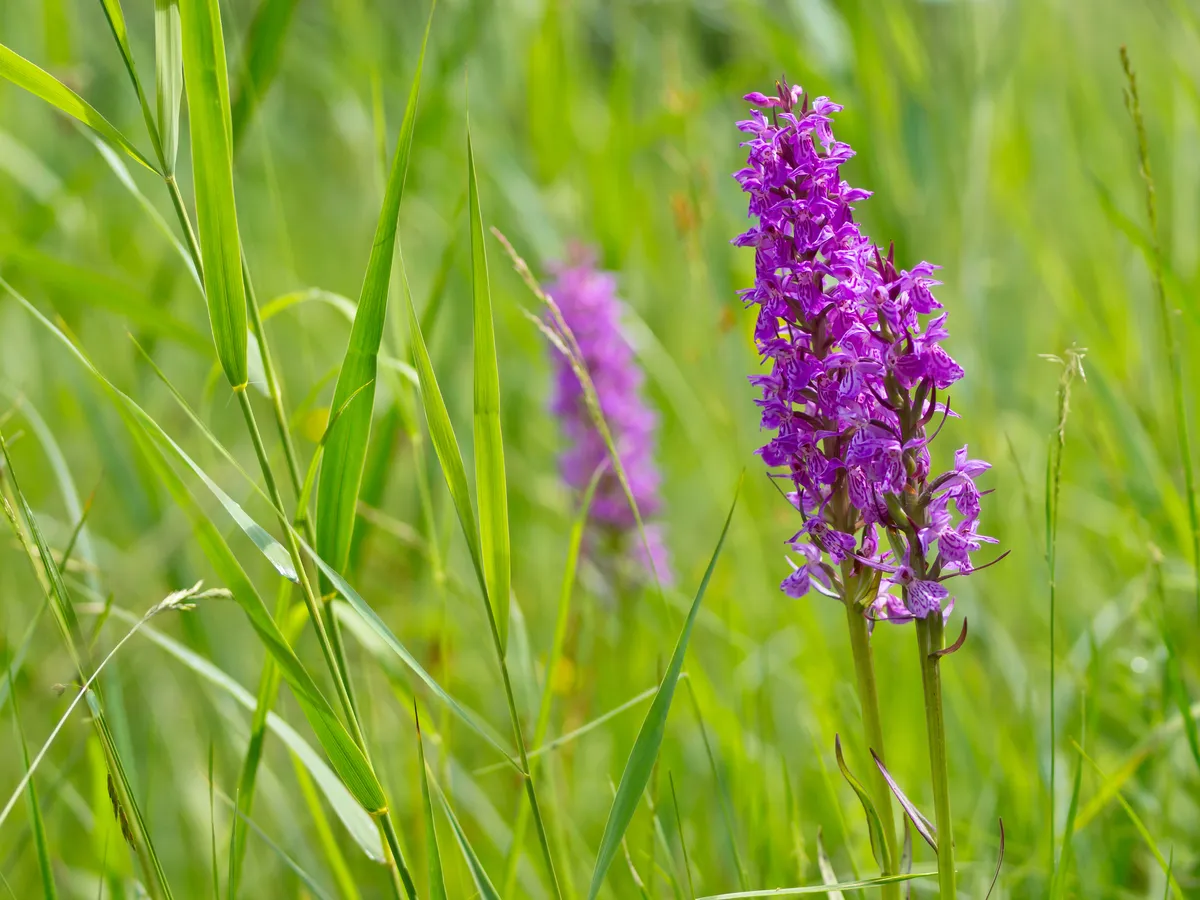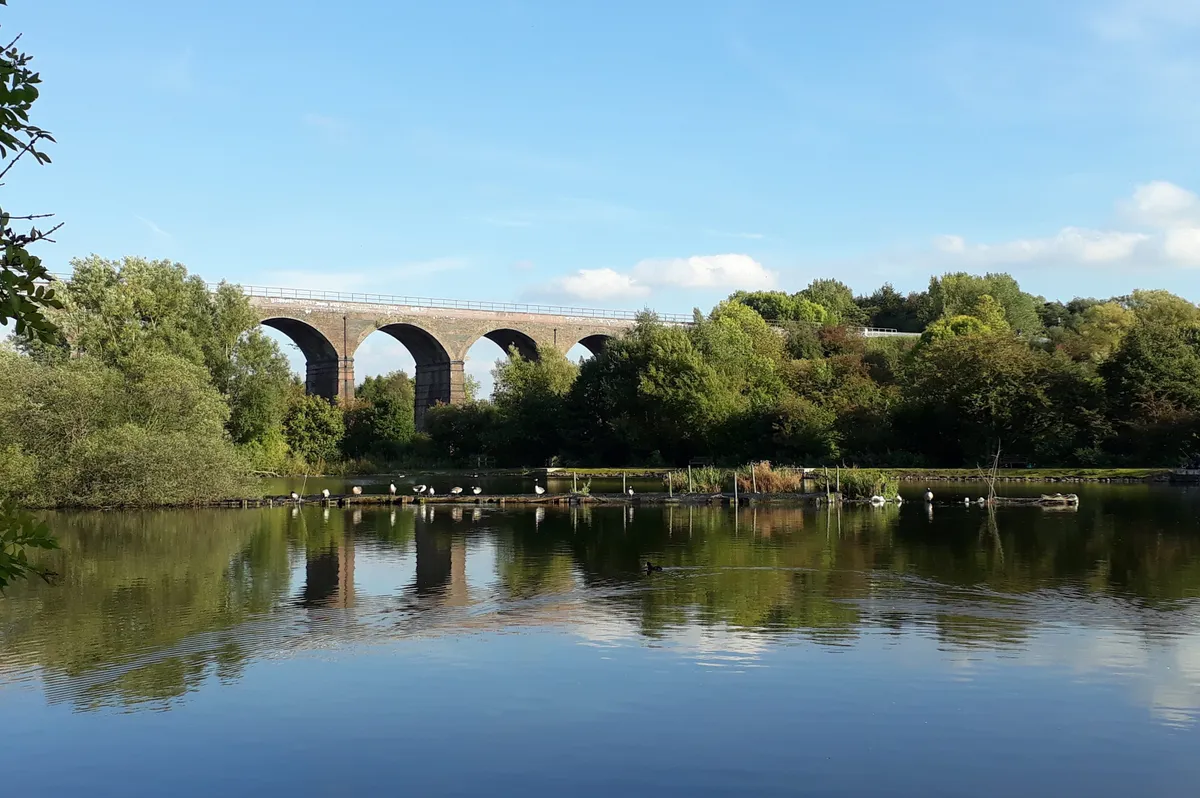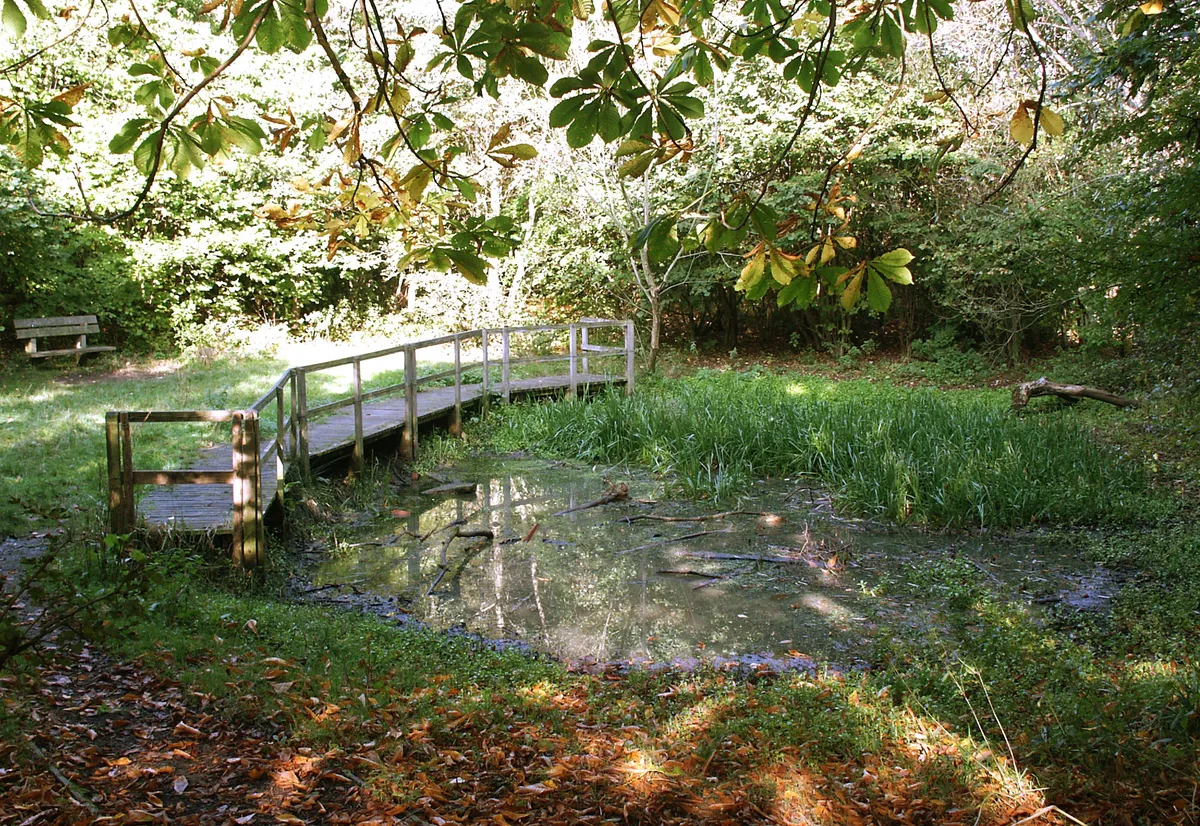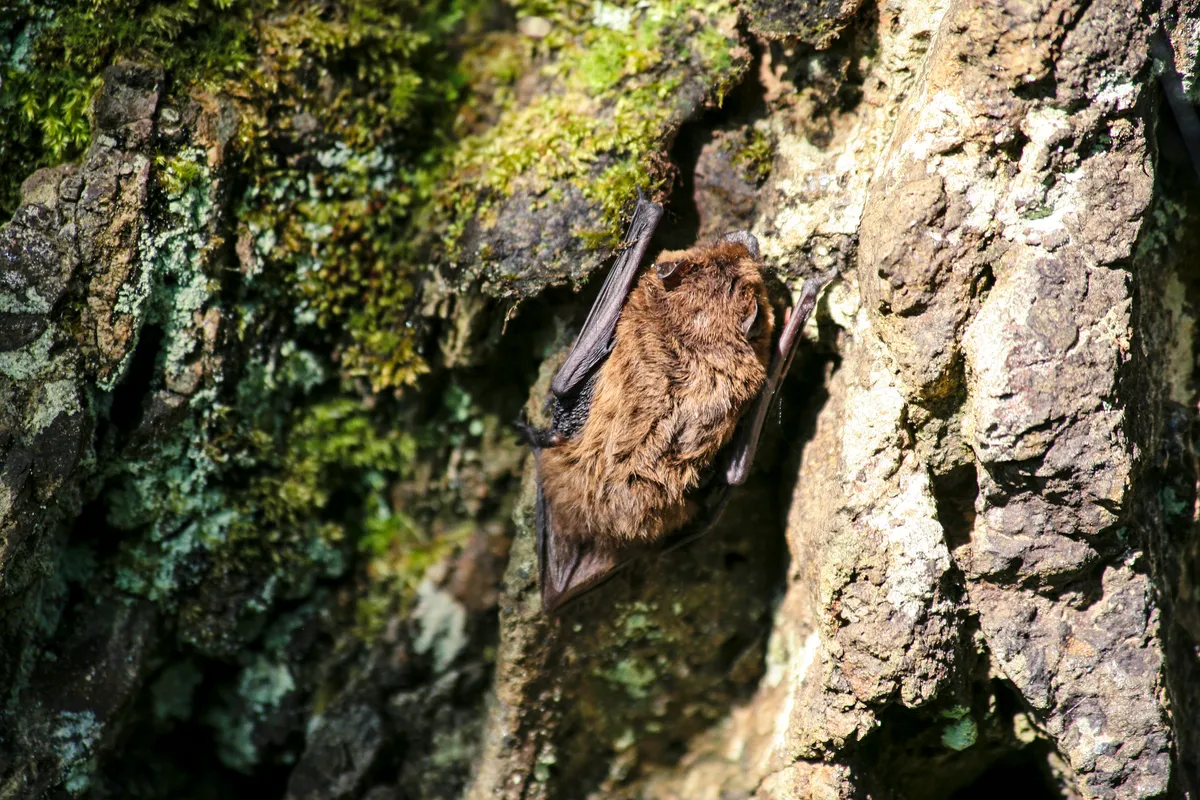This 3-hectare nature reserve in the northeast is just a mile away from the busy streets of Manchester but is brimming with wildlife.
Designated as a Grade A Site of Biological Importance the reserve contains a multitude of habitats, including urban marsh, woodland and boggy fen, which are home to large numbers of plant and animal species.
In the summer months you can hope to see the beautiful southern marsh orchid, as well as common spotted orchids, cuckoo flowers and adders tongue ferns.
Birders should look out for wintering Snipe, Kestrels, and the Reed Bunting that breed here.
If you are lucky you may also spot smooth newts, common frogs, and brown hares, as well as dragonflies, butterflies and damselflies.

Best For: Wildflowers
Located where Manchester meets its neighbouring town of Stockport this vast park was once the sight of a calico printing works. The two large mill ponds and the imposing viaduct that looms over them are impressive reminders of the area’s industrial past.
Given these man-made edifices, the sheer quantity and variety of wildlife found here might surprise you. The park covers 161 hectares of the Tame valley and contains five Sites of Biological Interest.
The five ponds, wetlands, new and remnant-ancient woodlands are home to an abundance of waterfowl, woodland birds, mammals, and insects.

Visitors during the breeding season may be treated to the sight of the elaborate mating display of the great crested grebe, or the pig-like squeal of the secretive water rail. Handsome grey herons stalk the waterways, and tree creepers, nuthatches, and woodpeckers flit through the trees. The area is also an important breeding site for sand martins and kingfishers.
Although rare, roe deer, mink and weasels also call the park their home, as well as numerous butterfly species.

Best for: Water birds – the small visitor’s centre sells bags of bird seed if you want to feed as well as watch!
Hidden away in the inner-city suburb of Levenshulme this surprisingly substantial country park has gone from a place to avoid to a secret local gem, thanks to a substantial rejuvenation project and the efforts of dedicated ‘Levy’ residents.
A popular dog walking spot, this slice of countryside in South Manchester offers winding paths, hidden ponds, and overgrown hedgerows sagging with juicy blackberries, making it a haunt for urban foragers.
Visitors can wander in the shade of numerous tree species, whilst looking out for birds butterflies, and perhaps a Manchester bee or two!
Great crested newts have also been spotted in and around the ponds.

Best for: Blackberry picking
This woodland haven is secreted in the densely populated north of the city, offering an urban escape and many wildlife spotting opportunities.
The nature reserve contains an attractive mixture of habitats, including mixed deciduous forest, through which runs the River Irk, and heath land unique to Manchester which supports a variety of heather species.
A key draw of the forest is the three species of bat which can be found here, including both Britain’s smallest and largest species, the common pipistrelle and the noctule bat, as well as the Daubenton’s bat. In the summer months you can book on to popular bat walks arranged by local nature enthusiasts.
In addition to bats the forest is home to 30 breeding species of birds, including great and blue tits, kingfishers, green woodpeckers and sparrow hawks. Voles, wood mice, hedgehogs and shrews loiter in the undergrowth, and foxes can be seen prowling as the sun goes down.
For those interested in flora, 241 species of plant can be found here, including aquatic species such as water plantain and yellow water lilies.

Best for: Bat walks and Birding
This peculiarly named woodland holds a special significance, both due to the fragments of ancient woodland that persist there, and in Lancashire folklore. It has been claimed that a boggart, a mischievous and malicious spirit-like goblin, haunts the wood, playing tricks on those who pass through.
Whilst you might not encounter a boggart, you will be treated to the sight of 19 water bird species congregating on the lake, including goosander, coots, tufted ducks and grey heron.
Bullfinch, lapwing, starlings, and song thrush are also common here, as well as willow warblers and sparrow hawks. Wood mice, field voles, foxes and hedgehogs are abundant and there have been occasional Roe deer sightings. After dark you may be able to make-out some of the bat species resident here, and if you are very lucky, badgers.
The Friends of Boggart Hole Clough group arrange nature walks on Saturdays along the woodland trails, where tree enthusiasts can expect to see many different species including ash, alder, oak, sycamore and beech.

Best for: Woodland walks
Main Image: Manchester City. © Matt Rigby/EyeEm/Getty
